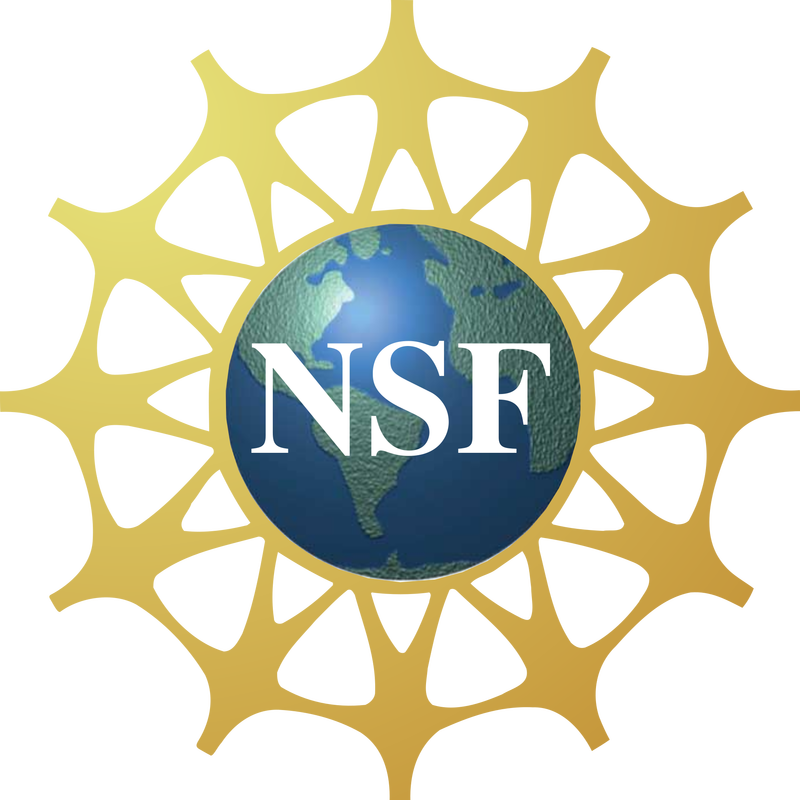Problem
When georeferencing, the protocol says that the size of the error radius depends on the location of the nearest named place. What is a named place in this context?
Our Solution
A named place is a bounded or unbounded geographical area that has a designated name, such as a town, mountain, river, or body of water. You will need to use your best judgment to determine what is a "nearest named place" to use when designating an error radius. For example, if your locality information is vague (e.g., "Mount Shasta"), your error radius should be pretty large to account for that vagueness. In this example, your "nearest named place" should not be a lodge or town that is halfway down one side of Mount Shasta.
